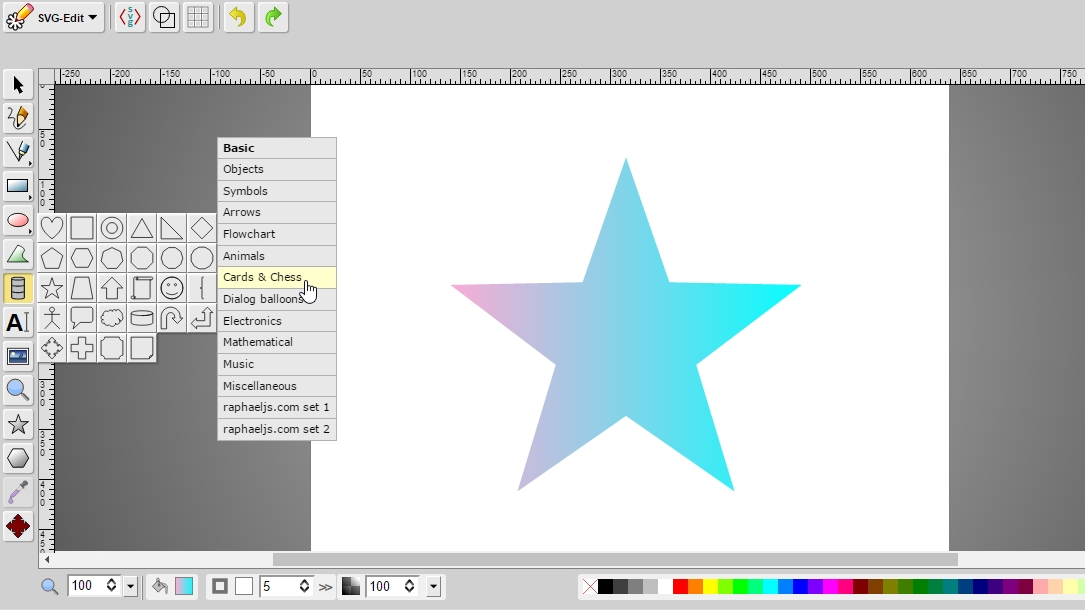
The user interface is almost entirely visual, and Illustrator will take whatever you draw with it and produce an SVG document to match it.

Illustrator, like Inkscape and several other modern graphic arts programs, does not require you to learn SVG code. Not everything mentioned there is directly relevant for Illustrator, but enough of it is applicable for the production of SVG files that it should certainly be previewed before coming here for Illustrator-specific advice.
#Adobe illustrator svg for web how to#
If you are intending to use Illustrator or already know how to use it and want to know how best to produce SVG formatted files for Wikimedia Commons, this page is meant for you.īefore reading this page, however, you may want to begin by acquainting yourself with the information available at Help:SVG as the page you are currently reading will presuppose that you are familiar with that page's terminology and concepts (such as "stroke", "path", and "gradient"). ai format) correctly, but when it comes to creating clean, usable, SVG files, this is not always the case. The central problem is that the SVG format is not "native" to Illustrator-Illustrator can always read and generate an Illustrator-formatted image (that is, a file in. Illustrator can be a powerful tool for generating SVGs-however, it can also prove deeply frustrating if you wander into it unguided. This page provides guidance and instruction for graphic artists wishing to produce SVG files that will be efficient and that will render correctly in a variety of browsers using the Adobe Illustrator CC design program, version 18.1.1 (as well as most earlier and probably many later versions).

It has been suggested that this page should be merged into Help:SVG/basic1.


 0 kommentar(er)
0 kommentar(er)
